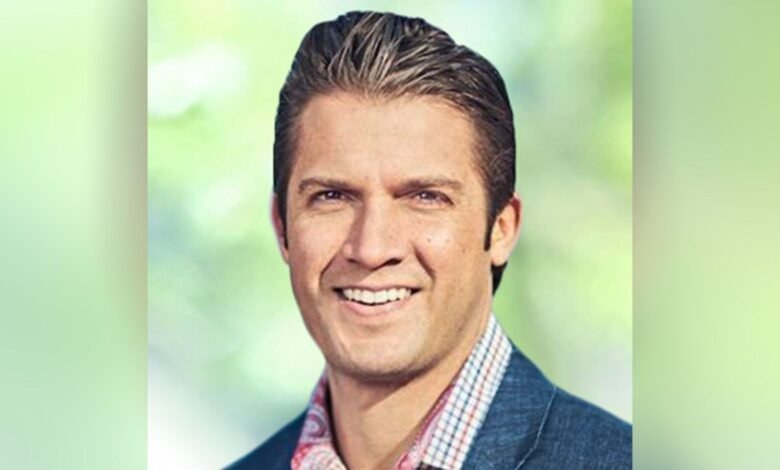Q&A with Dan Rizzo, global head of Veeva business consulting

With treatments becoming more complex, the life sciences industry needs more professionals with specialized knowledge.
Analysis shows that disease state education by medical science liaisons (MSLs) with key opinion leaders (KOLs) before launch leads to 1.5 times greater treatment adoption. This comes from new data based on analysis of 600 million healthcare professionals (HCP) interactions across more than 80% of biopharmas worldwide. Meg Rivers talks with Dan Rizzo, global head of Veeva business consulting, to discuss the latest Veeva Pulse findings1 about the impact of field medical on clinical practice in a launch setting.
Pharma Exec: Could you share how MSL engagement has shifted and the ways it’s affecting launch success?
Dan Rizzo: Personalized medicines are on the rise and account for more than a quarter of the new drugs approved in the past seven years. As treatment complexity grows, so does the need for specialized knowledge in therapeutic areas. MSLs are key to helping HCPs in their treatment decisions, providing scientific information that ultimately improves patient outcomes.
The role of MSLs is even more important now since personalized medicine and rare disease require KOLs and HCPs to have more scientific education. Now, for the first time, we have a clear understanding of how field medical engagement impacts treatment adoption in a launch setting. Our latest Pulse analysis shows that disease state education, whether in-person or video, with KOLs before launch drives 1.5 times greater treatment adoption within the first six months post-launch.
This early education by MSLs has a lasting impact, as new treatment starts sustain at 1.3 times greater 18 to 24 months after product launch. These results show what biopharmas have long understood but were not able to accurately measure.
PE: With this growing complexity, is there an increase in MSL and KOL engagement across the industry?
Rizzo: For as long as we’ve been measuring engagements, field medical interactions have consistently been longer than a typical commercial meeting. But clearly, fewer in number.MSLs spend significant time with the KOLs they engage. Despite this clear connection between scientific engagement and treatment adoption, data shows most KOLs are underserved by field medical.
In fact, findings show that 70% of KOLs engage with only one biopharma field medical team, limiting scientific exchange, medical insights, and potential treatment adoption. Further, 30% of global experts have no recorded interaction with MSLs at all.
Whether medical affairs teams miss KOLs in mapping exercises or fail to record interactions, the result is the same – measuring the impact and connecting it to other insights across the organization is impossible.
PE: How can MSLs meet this new need for more education? How will it shift traditional launch strategies?
Rizzo: The investment in medical field force size over the last 12 months has remained flat. Yet HCPs are overwhelmingly asking for more interactions—91% say visits by medical science liaisons are very effective, but underused by biopharma.2
For medical field teams to have the most useful meetings, modern methods for HCP selection may be the answer. Traditional strategies for MSLs to identify KOLs for launch can be highly biased and do not reflect true influence. By using a data-driven approach, MSLs can attain an objective industry-wide lens of KOLs that helps them prioritize their time, establish new connections, and strengthen the relationships they have today.
PE: What is important for biopharmas to keep in mind to evolve their model for medical field team effectiveness?
Rizzo: We now have the data to support that MSLs have an impact before a launch, and with that, we are seeing behaviors shift. Real-time, connected data can broaden access to the right scientific experts and generate insights that can be shared across the organization quickly and effectively.
Data alone isn’t the answer. The best strategy incorporates new data about KOLs quickly, prioritizes engagement based on influence, and drives medical insights back into the business.This will ultimately help biopharmas get smarter on how to best meet HCP needs for the patients they treat.
Sources
- Veeva; Veeva Pulse Findings; https://www.veeva.com/pharma-biotech-field-trends/
- Wolf, Friedmann; Shah Suchita; Jurgens, Alexandra; Mockel, Friedrich; Schulze, Ulrik: (Sept. 9, 2021): BCG: Doctor’s Changing Expectations of Pharma Are Here to Stay: https://www.bcg.com/publications/2021/pharma-industry-changing-doctor-expectations
Source link
#Dan #Rizzo #global #Veeva #business #consulting